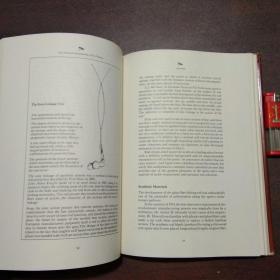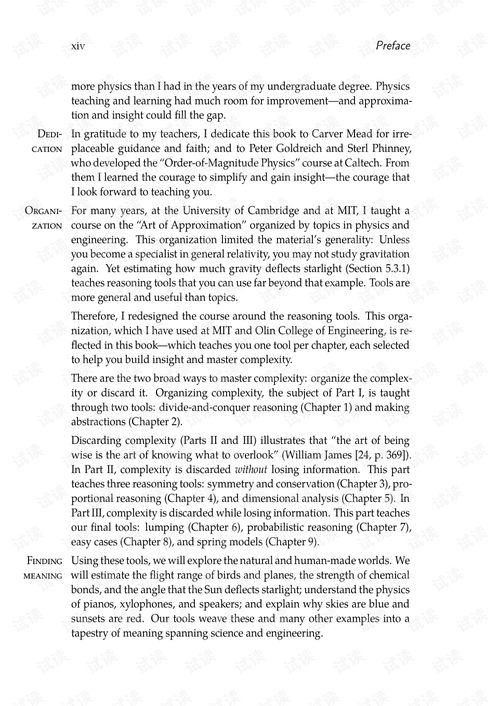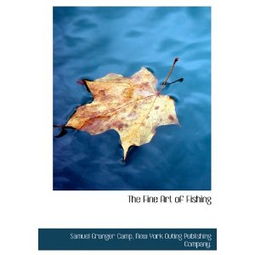Content:
In the world of fly fishing, mastering the art of adjusting your bait float in fast-moving water can be the difference between a successful catch and a frustrating day on the river. Fast water presents unique challenges due to its strong currents, which can pull your fly and bait downstream rapidly. However, with the right techniques and a bit of practice, you can become a proficient angler even in the most challenging water conditions. Here's a comprehensive guide on how to navigate fast water and adjust your bait float effectively.
Understanding the Dynamics of Fast Water

Before diving into the specifics of adjusting your bait float, it's crucial to understand the dynamics of fast water. Fast currents can create whirlpools, eddies, and other complex water movements that can be exploited to your advantage. Here are some key points to consider:
Current Lines: Identify the main current lines in the river. These are the paths where the water flows strongest. By understanding these lines, you can predict where your fly and bait will be carried.
Eddies: Eddies are areas of slower-moving water that form on the downriver side of rocks, logs, or other obstructions. These are prime spots for fish to rest and feed.
Whirlpools: Whirlpools are circular currents that can be found in fast water. They can be unpredictable and can pull your fly and bait away from your intended target.
Choosing the Right Bait Float
The first step in adjusting your bait float in fast water is to choose the right one. Here are some factors to consider:
Size: A larger float is more visible and easier to control in fast water. However, it may also be more susceptible to being pulled downstream.
Shape: A longer, slender float is more stable in fast water and less likely to be knocked over by strong currents.
Weight: A heavier float will be less likely to be pulled downstream by the current.
Adjusting Your Bait Float
Once you have the right float, it's time to adjust it for fast water conditions. Here are some key adjustments to make:
Lengthen the Leader: In fast water, it's important to have a longer leader to allow your fly to reach the desired depth and to provide more control over your bait.
Add Weight: Adding weight to your line can help to compensate for the strong currents. You can use split shot or a weightless sinker to achieve this.
Adjust the Float Position: Move your float closer to the fly in fast water. This will help to keep your fly in the strike zone and reduce the chances of it being pulled downstream.
Use a Floating Line: A floating line is ideal for fast water as it allows you to control your fly and bait more effectively.
Techniques for Casting and Presenting
Casting and presenting your fly in fast water requires a different approach:
Casting: Use a sidearm cast to deliver your fly with more accuracy. This will help you to place your fly in the desired spot without spooking the fish.
Presenting: Allow your fly to drift naturally with the current. Avoid pulling it against the current, as this can spook fish.
Adjust as Needed: Continuously adjust your cast and presentation based on the current conditions. Be prepared to make quick changes to your technique.
Conclusion
Navigating fast water and adjusting your bait float can be challenging, but with the right knowledge and practice, you can become a proficient fly fisher even in the most difficult conditions. By understanding the dynamics of fast water, choosing the right equipment, and mastering the techniques for casting and presenting, you'll be well on your way to enjoying successful fishing trips in fast-moving rivers. Remember, patience and persistence are key to mastering the art of fly fishing in fast water. Happy fishing!












